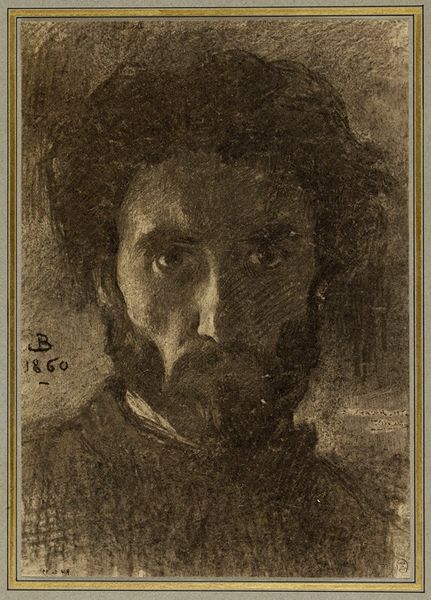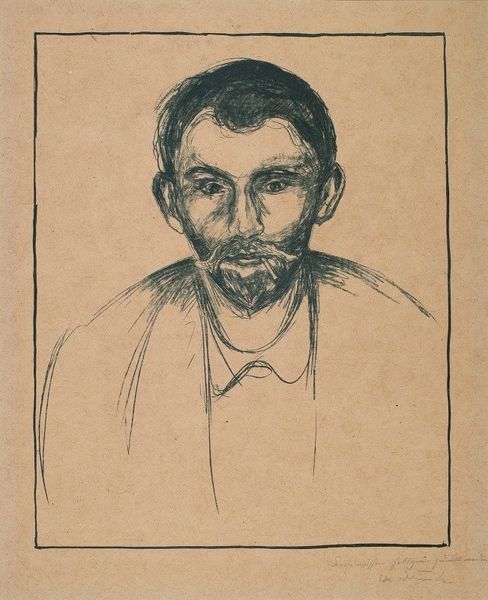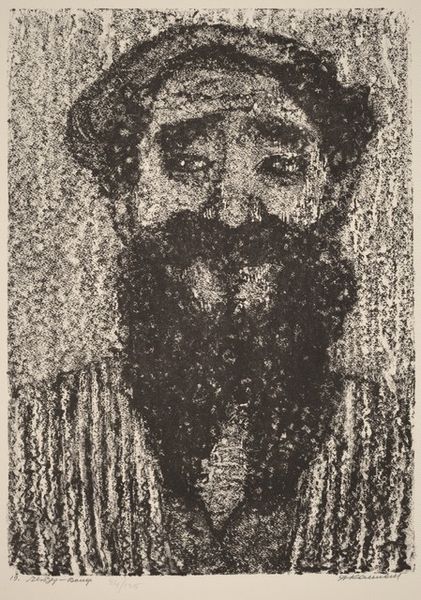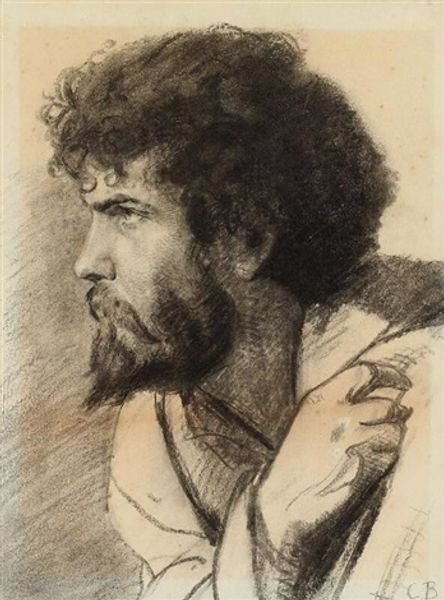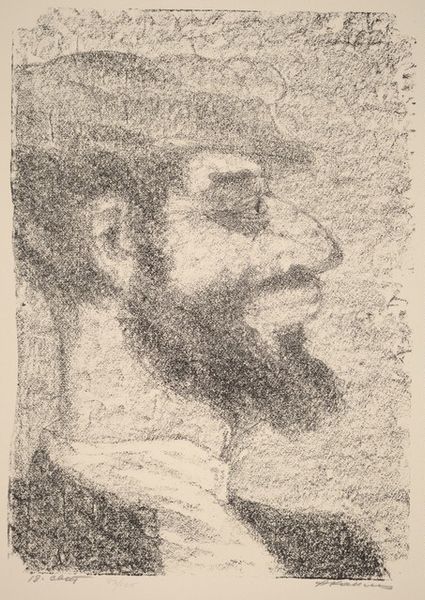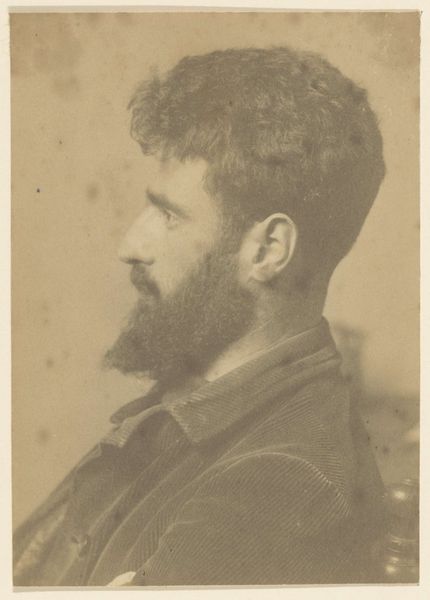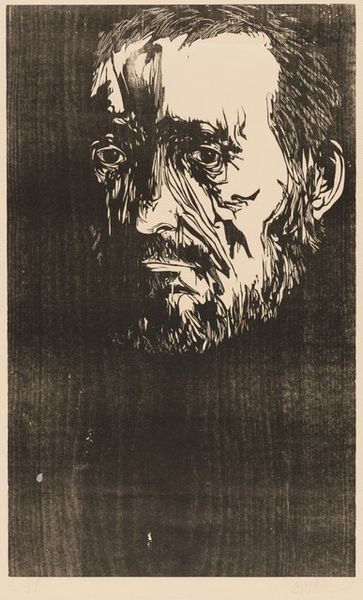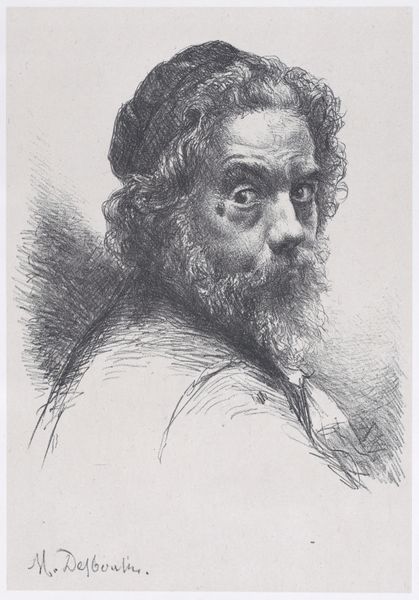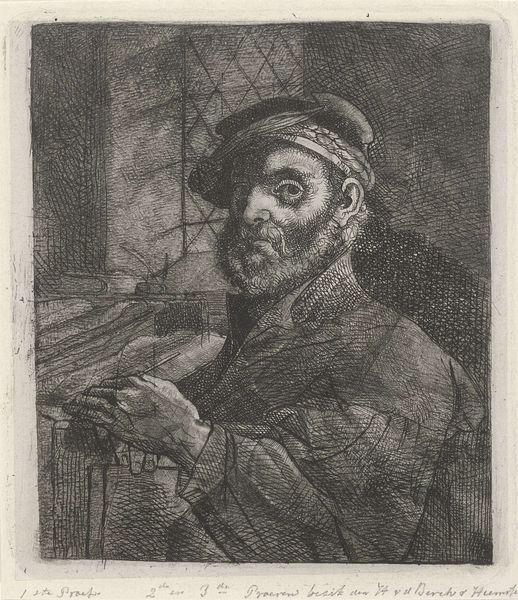
print, etching, engraving
#
portrait
#
self-portrait
# print
#
etching
#
engraving
#
realism
Dimensions: plate: 27.8 x 23 cm (10 15/16 x 9 1/16 in.) sheet: 35.6 x 27.9 cm (14 x 11 in.)
Copyright: National Gallery of Art: CC0 1.0
Editor: This is Moishe Smith’s "Self-Portrait," an etching and engraving from 1964. It feels raw, almost vulnerable, in its realism. What kind of story do you think this portrait is trying to tell? Curator: This work, produced during a period of significant social upheaval, speaks to the role of the artist in turbulent times. Smith's intense gaze challenges us to confront the social realities of the '60s – the Civil Rights Movement, anti-war protests, evolving notions of identity. The etching medium itself – with its potential for harsh lines and stark contrasts – echoes the sharp divisions and conflicts within society. What does the medium suggest to you about the artist's message? Editor: That’s interesting. The starkness does add to that feeling of… unease. It’s not a comfortable portrait. So, the act of portraying himself in this way…is it a political statement in itself? Curator: Exactly! It’s a refusal to look away. Think about whose voices and images were privileged and circulated at the time. By creating a self-portrait with this level of unflinching honesty, Smith subverts traditional power dynamics. He demands to be seen, acknowledged, and reckoned with, both as an individual and as a member of a generation grappling with profound questions of justice and equality. Editor: So, it's almost like he's using his own image as a form of protest? Curator: Precisely. And that makes us question the very nature of portraiture and its power to shape and challenge our perceptions. What did you learn? Editor: I learned to consider how portraits reflect their cultural context! Curator: Absolutely. I, for one, now view portraiture with more socio-historical scrutiny.
Comments
No comments
Be the first to comment and join the conversation on the ultimate creative platform.
